
Hey my name is Sanjeeb Kumar Das and I'm from Ambagadia, Baisinga, Mayurbhanj, Odisha in this article I want to share my own thoughts about the story of separations of Odisha and Bihar, for this article I read and research a lot from internet and some books and after that I really know about somethings which i share below. and for more details you can visit my website: www.thelivelearns.com Ok lets starts from....the story of odisha
Odisha lost its independence for the first time in 1568 A.D. after the sorrowful defeat and sad assassination of last Hindu King Mukunda Harichandan Dev in the battle field of Gohira Tikiri. In course of time Odisha was ruled by some Muslims, Marathas and was lastly occupied by the Britishers in 1803 A.D. During the British old rule the famous Paika Rebellion of Khurda erupted in the year 1817 which gave a big jolt to the very root of English British administration.
Thus out of sheer revenge, the British rulers targeted to ruin and devastate the very existence of the heroic Oriya race. With a calculated move the Britishers annexed the coastal belt of Orissa with Bengal Presidency, the Southern part with Madras Presidency and the western part with Central Province as a result of which the Oriya speaking tracts were scattered and the Oriyas were segregated from each other. Due to the merger of different parts of Orissa with the neighboring provinces like Bengl, Bihar, Madras and Madhya Pradesh, the Oriyas were compelled to suffer
humiliation in the cultural, administrative and socioeconomic field. But in the midst of the 19th century there was a sea change in the socio-political arena of Odisha due to the spread of British English education and publication of Oriya newspapers, the Oriyas became well aware regarding their rights.
A new Oriya intellectual society was created in course of time,who tried hard for the all round development of Orissa through the medium of newspapers, literature and meetings. For protecting the interest of the common people many social, cultural and religious organizations sprang up rapidly. The inhabitants of Ganjam and Sambalpur started protest meetings and agitations for the unification of Oriya speaking tracts.
They became successful in reintroducing the Oriya language at the government level in the year 1890 and 1901 respectively.The emergence of Utkal Gourab Madhusudan Das in socio-political arena of Orissa created new vistas and vigor in the minds of Oriya youngmen. Madhusudan Das inculcates patriotism, Oriya nationalism in their hearts and minds.
In the year 1903 “Ganjam Jatiya Samiti ” was formed at Rambha and its first session was inaugurated at Brahmapur where resolutions were passed regarding the all round development of Orissa. This session was attended by Utkal Gourab Madhusudan Das and Vyasa Kabi Fakir Mohan Senapati. The success of “Ganjam Jatiya Samiti ” meeting inspired Madhu Babu and as a result of which an organization namely “Utkal Sammilani ” was formed to solve different problems of Oriyas. The first session of “Utkal Sammilani ” commenced at Idga Padia of Cuttack on 30th December 1903. Maharaja Sriram Chandra Bhanja Deo, the king of Mayurbhanj presided over the meeting. This session of Utkal Sammilani was attended by Gadjat kings, zamindars, Govt. employees, lawyers and students where Oriya nationalism took its form.
Later on the leaders of “Utkal Sammilani” had drawn the attention of British Government regarding various problems through seminars, symposia, youth sessions and general meetings. Instead of pointing out the defects of British rule Madhubabu was determined to fulfill the hopes of Oriyas keeping good terms with the Englishmen. Social reformation, women emancipation, eradication of untouchability, development of farmers and agriculture, unification of Oriya speaking tracts and above all creation of Oriya nationalism was the goal and motto of “Utkal Sammilani”. Through Oriya newspapers “Asha”, “Utkal Dipika”, “Brajabandhu” and English newspaper “The Oriya” attention of British rulers was drawn regarding the various demands of Oriyas. In different annual sessions of “Utkal Sammilani”, resolutions passed regarding unification of Oriya speaking regions which were sent to British rulers often yielded results. Due to the demands of Oriyas Sambalpur was merged with Orissa division in 1905 A.D. by the British Government.
In the year 1912 the Bihar-Orissa Province was formed by the British Government. In 1914 A.D. The annual session of “Utkal Sammilani ” was held at Paralakhemundi under the presidentship of Bikram Dev Burma, the king of Jeypore. For the first time Maharaja Krushna Chandra Gajapati, the king of Paralakhemundi opined in this annual session of “Utkal Sammilani” regarding the formation of a separate Orissa Province instead of unification of Oriya speaking tracts.
While on one hand the Raja, Zamindar and common inhabitants of Ganjam were much interested for merger of Ganjam with Orissa division, the Telugu local leader of Ganjam and his supporter Brundaban Patra (an Oriya) were trying their level best against the merger of Oriya speaking tracts with Orissa division. Further the Telegus of Ghumusar and Buguda had agitated against the amalgamation of Oriya speaking regions with Orissa division. The Oriya weekly “Asha” had strongly argued in favor of formation of a separate Orissa Province based on Oriya speaking tracts. Viceroy Lord Curzon and Lord Hardinge also supported the formation of a separate Orissa Province based on Oriya language speaking people. But on the other hand, Pattabhi Sitarammaya, the editor of “Mathrubhumi” (an English magazine published from Masulipatnam) had argued against the merger of Oriya speaking tracts with Orissa division which were under the jurisdiction of Madras Presidency in its November 1924 edition.
In 1924 Phillip-Duff Committee was formed in which the British Commissioner and political agent Mr. C.L. Phillips and Collector Mr. A.C. Duff were members. While the aforesaid committee was touring Ganjam, the inhabitants of that locality strongly demanded through a memorandum for merger of Ganjam, Jeypore and Visakhapatnam with Orissa division. Starting the investigation in the month of October, 1924, the Phillip Duff Committee completed the preparation of its final report regarding the unification of Oriya speaking tracts in the month of December 1924. This Committee had opined
in favor of merger of Oriya speaking tracts with Orissa division which were under the Madras Presidency. In 1927, presenting the resolution (regarding the unification of Oriya speaking tracts) in the Central Council Pandit Nilakantha Das said that “for the formation of a separate Orissa province the united efforts of Oriyas was badly necessary.” (19th February 1927, “Utkal Dipika”) In 1928, Sir John Simon came to India as the chief of a seven members Parliamentary Commission for investigating the constitutional reformation system. Indian National Congress called on the people of India to boycott the Simon Commission as there was not a single Indian member included in that Commission. Responding to the call the Congress workers staged protest meetings and processions showing black flags and placards shouting “Simon Go Back” in every nook and corner of India. But without caring the call of Indian National Congress Utkal Gourab Madhusudan Das greeted and paid a large ovation to Simon Commission at Patna Railway station on behalf of “Utkal Sammilani” and handed over a memorandum to the Commission regarding the formation of a separate Orissa Province. Simon Commission formed a sub-committee appointing C.R. Atlee as its Chairman to look into the matter.
The sub-committee recommended the formation of a separate Orissa Province. Maharaja Krushna Chandra Gajapati went to London in1930 with a view to attending the Round Table Conference. He could able to influence the British authority through a leaflet containing “The Oriyas : their needs and reasons for a separate Orissa Province.” The British authority appointed a boundary select committee which recommended in its report in favour of formation of a separate Orissa province in the month of April 1932. As Sir Samuel Hoare through a white paper published on 18th March 1933 had excluded the Oriya speaking tracts of Paralakhemundi, Jeypore and Jalantar from the proposed Orissa Province, a special session of Utkal Sammilani was convened in the month of May 1933 to discuss regarding the high handedness of Britishers and it was unanimously resolved in that session to stage peoples movement and protest meetings against the whimsical decision of British Government.
On 11th February 1934 it was resolved in the annual conference of Utkal Sammilani held at Brahmapur that if Jeypore and Paralakhemundi were not included with the proposed Orissa Province, the Oriyas would not accept that Orissa Province.” Maharaja Krushna Chandra Gajapati again proceeded to London leading a group of Oriya representatives in which the Rajasaheb of Khallikote, Mr. Lingaraj Panigrahi, Mr. Bhubanananda Das and Shyam Sundar Das were included. Maharaja Krushna Chandra Gajapati gave a memorandum to the Secretary of State of the joint select committee for merger of Paralakhemundi in the proposed Orissa province.
At last a report was published on behalf of the joint select committee which was accepted by the British Parliament. On 1st April 1936 Orissa became a separate Province due to the people’s demands, movements and agitations as well as for the untiring efforts of Utkal Gourab Madhusudan Das, Maharaja Krushna Chandra Gajapati, Pandit Nilakantha Das, Bhubanananda Das and many others for long three decades. The newly formed Orissa consisted of six districts namely Cuttack, Puri, Balasore, Sambalpur, Koraput and Ganjam having its capital at Cuttack. Sir John Austin Hubback took the oath of office and became the first Governor of Orissa Province.
The Creation of a Separate Province of Odisha
The movement for the amalgamation of the scattered Odia speaking tracts began in the last quarter of the 19th century. In 1875 Raja Baikuntha Nath Dey of Balasore and Bichitrananda Pattnaik of Cuttack submitted a lengthy memorial for the unification of the scattered Oriya – speaking tracts under single administration. In November 1888, Sir S C Bayley, the Lieutenant Governor of Bengal, visited Orissa and at that time he was presented with a memorial by the Utkal Sabha of Cuttack in this connection. But the Lieutenant Governor rejected the idea outright. The memorial of the Oriya speaking people and their Leaders, the agitation in the Oriya press and the suggestions of the high English officials failed to get any result in this regard. The crisis came to a speaking point when the Chief Commissioner of the Central Provinces decided to substitute Hindi Language in place of Oriya for official use in the district of Sambalpur in 1895 as per the resolution No. 237 of 15th January 1895.
Such a decision against the interest of the majority of Oriya population in the district created spontaneous and unprecedented storms not only in Sambalpur but also throughout Orissa. On 20th June 1895 the Utkal Sabha sent a memorial to Lord Elgin, the Governor General protesting against the arbitrary measure. Such protest went unnoticed and by the end of 1895 Oriya was abolished in the courts of Sambalpur which became the worst form of gagging yet unknown even in the worst despotic form of Government. The decision naturally wounded the sentiment of the Oriya speaking people very much and efforts in all directions were made to reverse the Government decision.
It is interesting to mention that in July 1895, H.G. Cook, the Commissioner of Orissa supported the movement for amalgamation of Oriya speaking tracts. It was the first official support – Cook suggested that (1) Sambalpur District in the Chhatisgarh Division of the Central Province; (2) Tributary states of Patna, Sonepur, Rairakhol, Bamara and Kalahandi, and (3) The whole part of Ganjam district in the states of Kumud and Ghumsur be amalgamated with the Orissa Division. The suggestion was completely based on ethnological and philological considerations but unfortunately this was ignored by the Government.
also read:
Odisha The land of God
ODISHA GK Questions With Answers
The agitation for the restoration of Oriya language in the courts continued undisturbed in Sambalpur. In July 1901 some leading men of Sambalpur like Madan Mohan Mishra, Brajmohan Pattnaik, Balabhadra Supakar, Bihari Das and Sripati Mishra met the Governor General at Simla to appraise him of the problems. The Government restored Odia to its rightful place in Sambalpur but did not consider the transfer of Sambalpur to either Orissa Division or to create Chief Commissionership for Orissa.
During the later half of 1902, the Oriyas Of Ganjam sent a mammoth memorial to Lord Curzon in which they spoke of themselves as dissociated from their Oriya brethren and of Orissa as a limb separated from the body and prayed the Governor General to bring the scattered divisions inhabited by Oriya speaking people i.e. Ganjam in Madras, Sambalpur in the Central province and Orissa in Bengal, under the Government of Bengal or any one Government and one University. Finally, the representatives of Ganjam, Sambalpur, Medinapur etc. met in a conference at Cuttack on 30-31 December, 1903. It was the historic gathering of ‘Utkal Sammilani’ or ‘Oriya Movement’ till the formation of a separate province in 1936. The first conference was presided over by Sriram Chandra Bhanjadeo, Maharaja of Mayurbhanj, Rajendra Narayan Bhanja Deo of Kanika was the Chairman, reception Committee and Madhusudan Das was the Secretary and, in fact, the moving spirit behind such an organization.
The primary purpose of the conference was to build up an organization to fight for a separate province of Orissa. In the meantime, Lord Curzon’s Government was preparing a new scheme of territorial adjustment of Bengal and Central Provinces. The scheme was outlined in the famous Risley Circular sent to the Government of Bengal on 3rd December, 1903. It fully discussed the problems of Oriya speaking tracts and how they affected the administration of local governments. Taking all factors into consideration, the Government of India decided to unite the whole Oriya speaking people both hill and plain under one administration of Bengal. But unfortunately, in the absence of Lord Curzon, Lord Ampthill, Officiating Viceroy took a different decision.
The resolution of the Government of India (No. 2491, dated 19 July, 1905) abandoned the transfer ofGanjam and Vizagapatam agency to Orissa, but approved the transfer of Sambalpur area to the latter. Besides Sambalpur, the five Oriya speaking states of Patna, Kalahandi, Sonepur, Bamara and Rairakhol were transferred from Central Provinces and the states of Gangpur and Banai from the Chotanagpur Division in October 1905. Thus apart from the districts of Balasore, Cuttack, Puri, Angul and Sambalpur there were 24 Garjat States known as Feudatory states of Orissa. Thereafter in spite of all agitations, the boundary of Orissa remained unchanged till 1st April, 1936. Orissa and Bihar became separate provinces in 1912 when the partition of Bengal was annulled by Lord Hardinge of course two states, Sareikala and Kharasuan were added to the Feudatory states of Orissa in 1916, thus raising their number to 26.
Agitation for the creation of a separate province incorporating all the Oriya speakingtracts continued unabated. The Utkal Sammilani organized meetings at different places to mobilize the people for the cause and reiterated the demand with vigor and enthusiasm. The matter was brought to the notice of the Royal Commission in 1907 and the creation of a Chief Commissionership for the whole of Oriya Speaking territories was suggested there. Madhusudan Das also tried to impress upon the Secretary of State for India about the problem during his visit to London in 1908. A deputation of Oriya Samaj of Ganjam met the Governor of Madras and urged upon him the necessity of separating the Oriya speaking tracts of Ganjam and Vizagpatanam from the Telugu dominated areas of Madras and joining them with Orissa. While creating a separate state of Bihar and Orissa in 1912, Lord Crewe, the Secretary of State, appreciated the demand of the Oriya Speaking people for Chief Commissionership and promised that equal attention should be paid to the needs of Orissa as to Bihar.
The sentiments of the people of Orissa voiced in strong words at the 8th annual session of the Utkal Sammilani, (Utkal Union Conference) on 6-7 April 1912 at Berhampur. Madhusudan Das expressed in the meeting his deep dissatisfaction. Some members of the British Parliament supported the feelings of Madhusudan Das. Lord Curzon also vehemently criticized the decision of the Government in the house of Lords for neglecting the interest of the Oriya speaking people. Thus, the political support to the move roused the political consciousness in the minds of the people of Orissa to carry on their struggle till the fulfillment of their demands in 1936.
In the 12th Annual meeting of the Utkal Union Conference held in December 1916 at Balasore a Committee consisting of Madhusudan Das, Rajendra Narayan Bhanjdeo, the Raja of Kanika, HariharPanda of Aska, Braja Sundar Das, Gopabandhu Das, the Raja of Seragada (Ganjam) and Sudam Charan Naik was formed. The Montford (Montague-Chelmsford) reform scheme which proposed constitutional amendments and provincial autonomy stimulated great public interest in Oriya speaking tracts. The committee prepared an address with a memorandum of arguments and a statement and a map of the Oriya – tracts. They availed of the opportunity of Montague’s visit to India in 1917 and met the Secretary of State for India Chelmsford, the Governor General at Calcutta on the 11th December 1917. They presented a memorial containing four Appendices. Appendix was a map of Orissa showing the distribution of Oriya speaking areas as the survey report of Grierson. Appendix B contained arguments for the creation of an Oriya province. Appendix C was the list of Oriya speaking tracts proposed to be united into one Province. Appendix D projected relevant portions from the Risley Circular. Presenting this memorial, the delegation demanded for the amalgamation of the Oriya speaking tracts into one administration and provision of equal status for Oriyas with Biharis in regard to the representation in the council of local Bodies and the University Education etc. The Montford report, while conceding the soundness and desirability of linguistic distribution of areas, emphasized the Oriya problems by suggesting as an exceptional measure the establishment of a sub-province at an early date.
The Indian Statutory Commission was constituted by seven British members including Sir John Simon, the Chairman. The Bihar-Orissa Legislative Council elected seven members to Cooperate with the Simon Commission. The Primary purpose of such a commission was to evaluate the working of the Government of India Act, 1919 with a view to determining the future course of constitutional development. Two legislators from Orissa, Rajendra Narayan Bhanja Deo and Laxmidhar Mohanty were included in that team of legislators and they helped the Commission to understand the boundary problem of Orissa. They arranged a delegation of Oriya Gentleman who met the Commission in Patna and pleaded for the formation of a separate province. In fact, those leaders of Orissa explored all avenues to convince the British Government that the creation of a separate province was an imperative necessity.

The people of Orissa showed two-fold reaction to the Simon Commission. The Congress members from Orissa shared the reaction of the Indian National Congress. But many leading men outside the national mainstream took it as an opportunity to focus the long standing demand of the people of Orissa for the formation of a separate province by amalgamation of the Oriya speaking tracts. The two streams of public opinion in Orissa moved in two different channels and created an interesting scene. Both groups focused their views in the press and platform and also clashed in the council chamber.
The Simon Commission was convinced that it was ‘an urgent case for consideration and treatment, while surveying the problem, it observed as follows :
“The province of Bihar and Orissa, which was constituted in 1912, is the most artificial unit of all the Indian provinces. It was formed by bringing under a single administration three areas which differ markedly, not only in physical features, but in many social, linguistic and cultural characteristics”.
A Sub-Committee was appointed with Major Attlee as the Chairman to investigate the matter in detail. It rightly felt that the grievances were all founded, the demand substantially supported by the people and the case observed sympathy. Therefore, they recommended the amalgamation of the Oriya speaking tracts of the Central Provinces and Madras with the Orissa Division of Bihar and Orissa. There was also the possibility of having minor adjustments of boundary with Bengal. In the conclusion they said, “After consideration of alternatives of transfer of the territory as a whole to a particular province and the creation of a sub-committee was in favor of the creation of an Orissa province, although it recognised that the decision involved the large question of sub-division of existing province.”
The report of the Attlee sub-commission provided a lot of encouragement to the people of Orissa to pursue the matter at the highest level. Maharaja Krushna Chandra Gajapati Narayan Deo, the Raja of Paralakhemundi, who was a delegate to the first round table conference, presented a memorandum to the British Authorities for the creation of a separate province. He circulated among the delegates of the first session of the Round Table Conference a pamphlet titled, “The Oriya, Their need and reason for a separate province.” The Congress Leaders of Orissa took keen interest in the problem after the Gandhi-Irwin pact. They brought the matter to the notice of Gandhiji in the Karachi Congress held at the end of March 1931 and were assured to place the matter before the Second Round Table Conference. On 18th December 1931, a resolution issued from the Reforms office of the Government of India, announced the Constitution of the Orissa Boundary Committee “to examine and report of the administrative, financial and other consequences of setting up a separate administration of the Oriya speaking people and to make recommendations regarding its boundaries in the event of separation.”
Taking a favorable attitude to the long outstanding problems of the Oriyas, the Government appointed Sir Samuel O’Donnell as the Chairman of the Commission to demarcate the boundaries of the proposed Orissa Province. This Commission is known as the Boundary Commission. Other members who were included in this Commission were H.M. Mehta, Member, Council of states from Assam. Three associate members were the Raja of Paralakhemundi, Krushna Chandra Gajapati Narayan Deo, Sachidananda Singh, and Narashima Raju. After considering all aspects of the problem, the O’Donnell Committee proposed that the province of Orissa should include “the Orissa Division, Angul, the Khariar Zamindari of the Jaipur District and the greater part of the Ganjam District and the Vizagapatam Agency” tracts with an area of approximately 33,000 sq miles and population of about 8,377,000. After the conclusion of the Third Round Table Conference, the Secretary of State for India Sir Samuel Hoare declared on 24 December 1932 that a separate province of Orissa would be formed in the constitutional set-up for India. A white paper published in March 1933 mentioned Orissa as a Governor’s province along with 10 provinces of British India. The white paper reduced the area from 33,000 sq miles to 21,545 sq miles by excluding Vizagapatam Agency against the recommendations of many committees earlier.
The white paper proposals were almost condemned in Orissa. In the meanwhile, the Government of India constituted a committee headed by John Austin Hubback as the Orissa Administrative Committee on 24th June 1933. The Committee was asked to investigate the administrative problems which would arise at the time of the formation of a new province. The notification was issued from Shimla on 24th June 1933. Besides the Chairman, there were nine members in the committee including Madhusudan Das, the grand old man of Orissa. The Committee circulated a general questionnaire to selected officials, non-officials and public bodies, and a special circular to the Heads of Departments and other special officials in Bihar. In October, 1933, the Committee toured Orissa and examined a number of witnesses. Its report, published on 20th December, 1933, made important recommendations regarding administrative problems of Orissa. But Paralakhemidi was excluded in this proposal. The Raja of Paralakhemidi decided to divide his estate and to bring a portion of it including the town of Paralakhemundi to the new province. His decision was emphatically placed before the Secretary of State.
In the Utkal Union Conference which met at Cuttack adopted a strong resolution on the matter and resolved to “Consistently oppose by all legitimate, peaceful and constitutional means” the creation of a separate province as outlined in the white paper proposals. The Raja of Paralakhemidi once again proceeded to London to place his views before the Secretary of State and was finally crowned with success. The Joint Parliamentary Committee, in their report in November 1934, added to the new Province of Orissa as defined in the white paper, the following are as : (1) That portion of the Jeypore Estate which the Orissa Boundary Committee of 1932 recommended the transfer to Orissa (2) Paralakhemundi and Jalantar maliahs, (3) A small portion of the Paralakhemundi Estate including Paralakhemundi Town. Thus the total area of the new Province of Orissa raised to 32,695 sq miles.
The Joint Parliamentary Committee gave the final shape of the new province which came into being as the 11th state of British India by the Act of 1935. His majesty issued the Order on 3rd March 1936 which was entitled as the Government of India Order, 1936 and a new province of Orissa was inaugurated on 1st April, 1936. The same day, Sir Austin Hubback took oath as the first Governor of Orissa in a ceremonial function held in the Ravenshaw College Hall. With it began a new phase in the history of Odisha.
Odisha popularly known as Orissa is famous for its own culture, languages and dance forms, I believe many do not know or do not have much information about this beautiful state of India. Since every state of India has its diversity and forms so do Odisha. It has various dance forms, tribal cultures, and amazing tasty foods. Know every minute details about this state. We have included some amazing places which you need to visit in Odisha. For More Go to thelivelearns.com Thank You.


The soul food of Odisha
19 Mar 2024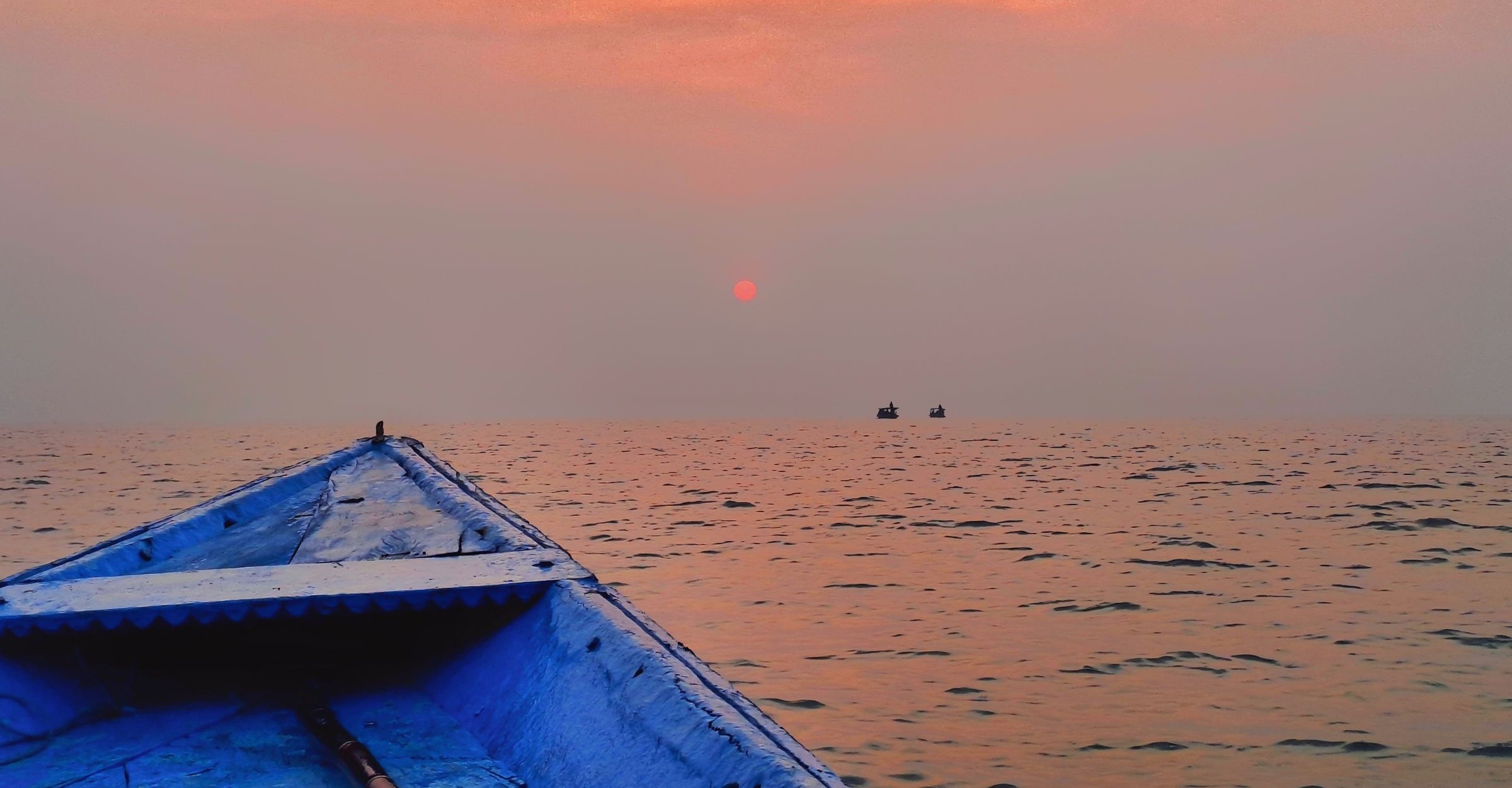
CHILIKA ODYSSEY : EXPLORING THE RICH AVIAN ...
14 Feb 2024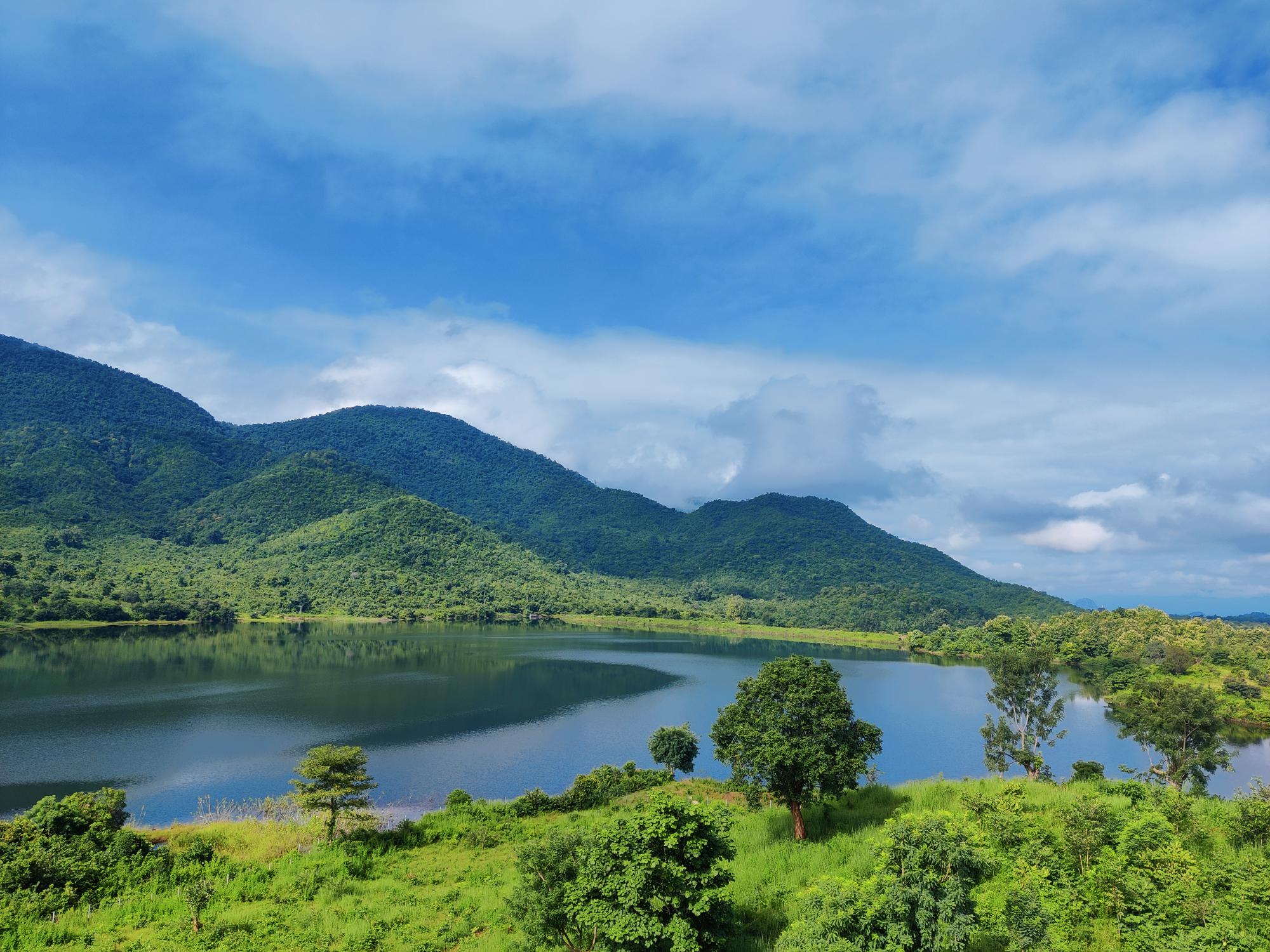
RABANDHARA ECO TOURISM
08 May 2023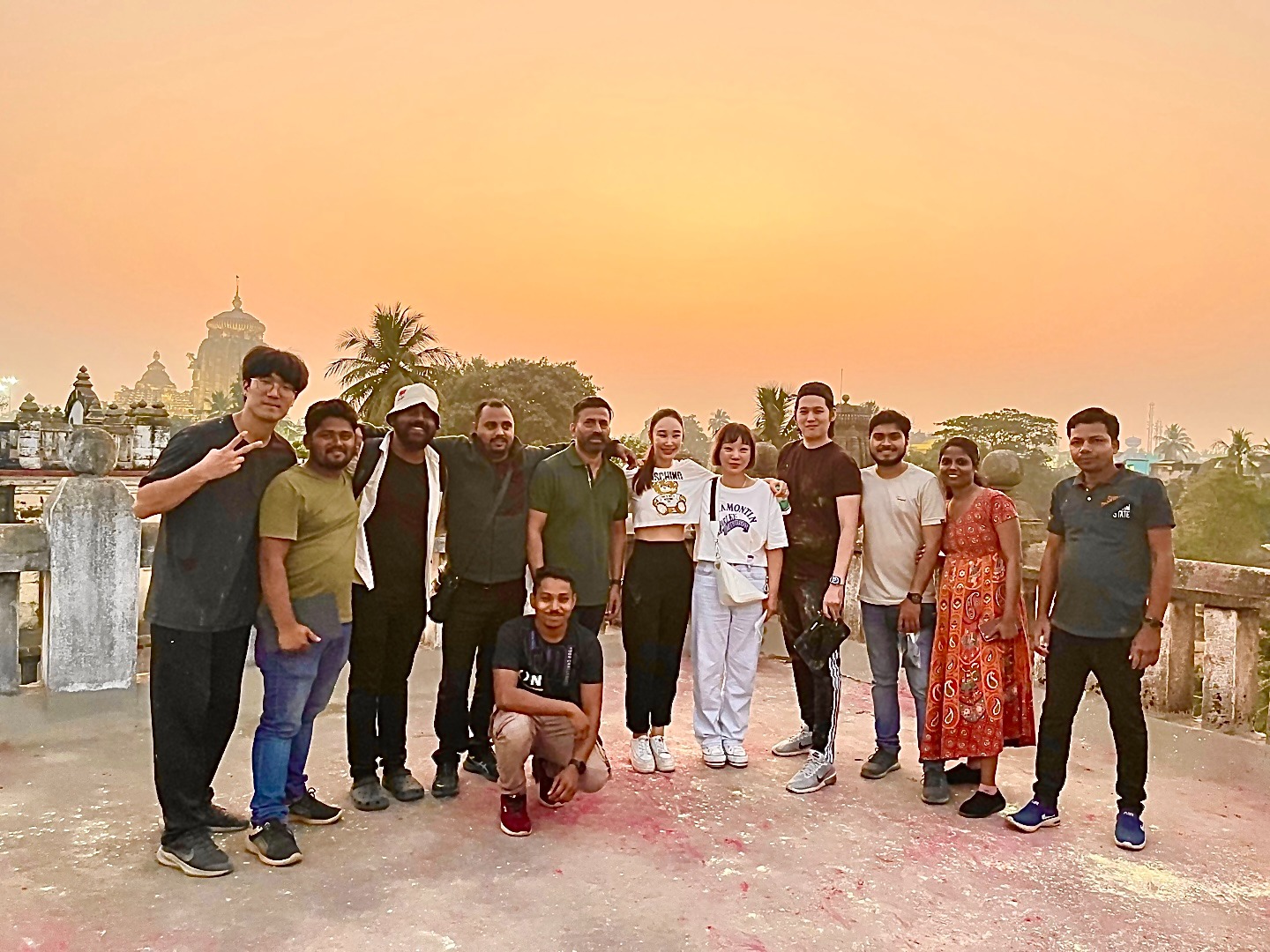
Filming vivid colours of Bhubaneswar with ...
13 Apr 2023
Spellbound Odisha a picture perfect ...
03 Feb 2023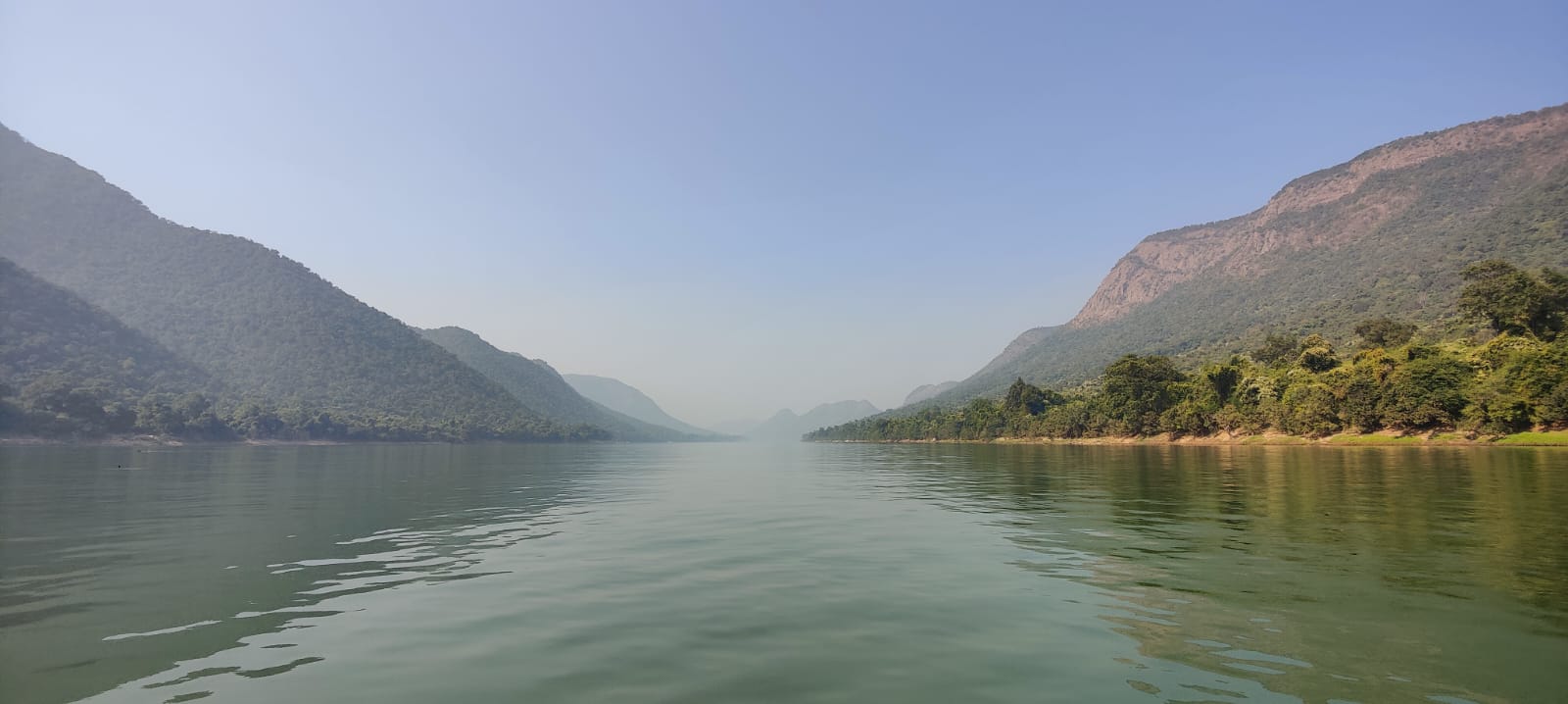
Satkosia a Nature’s Treasure Trove
03 Feb 2023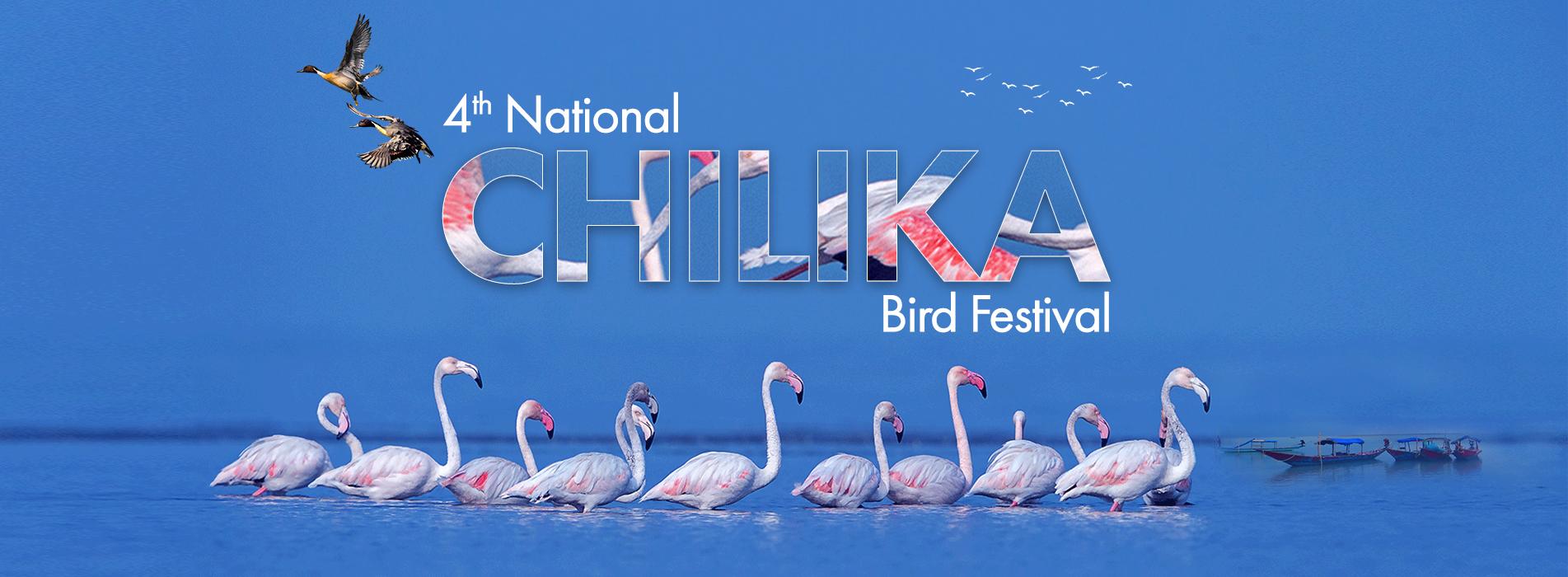
Odisha Wildlife in 4K
02 Jan 2023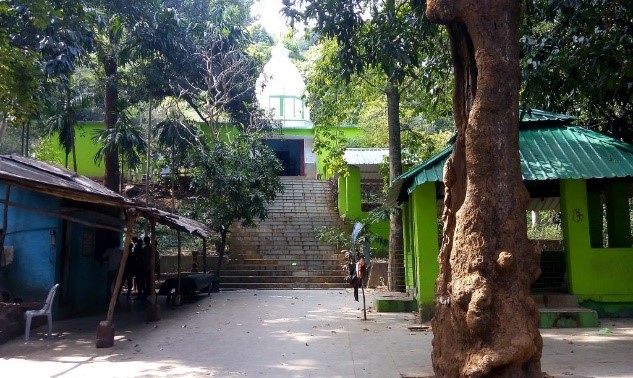
SAPTASAJYA-A Heavenly Tourist Destination
10 Oct 2022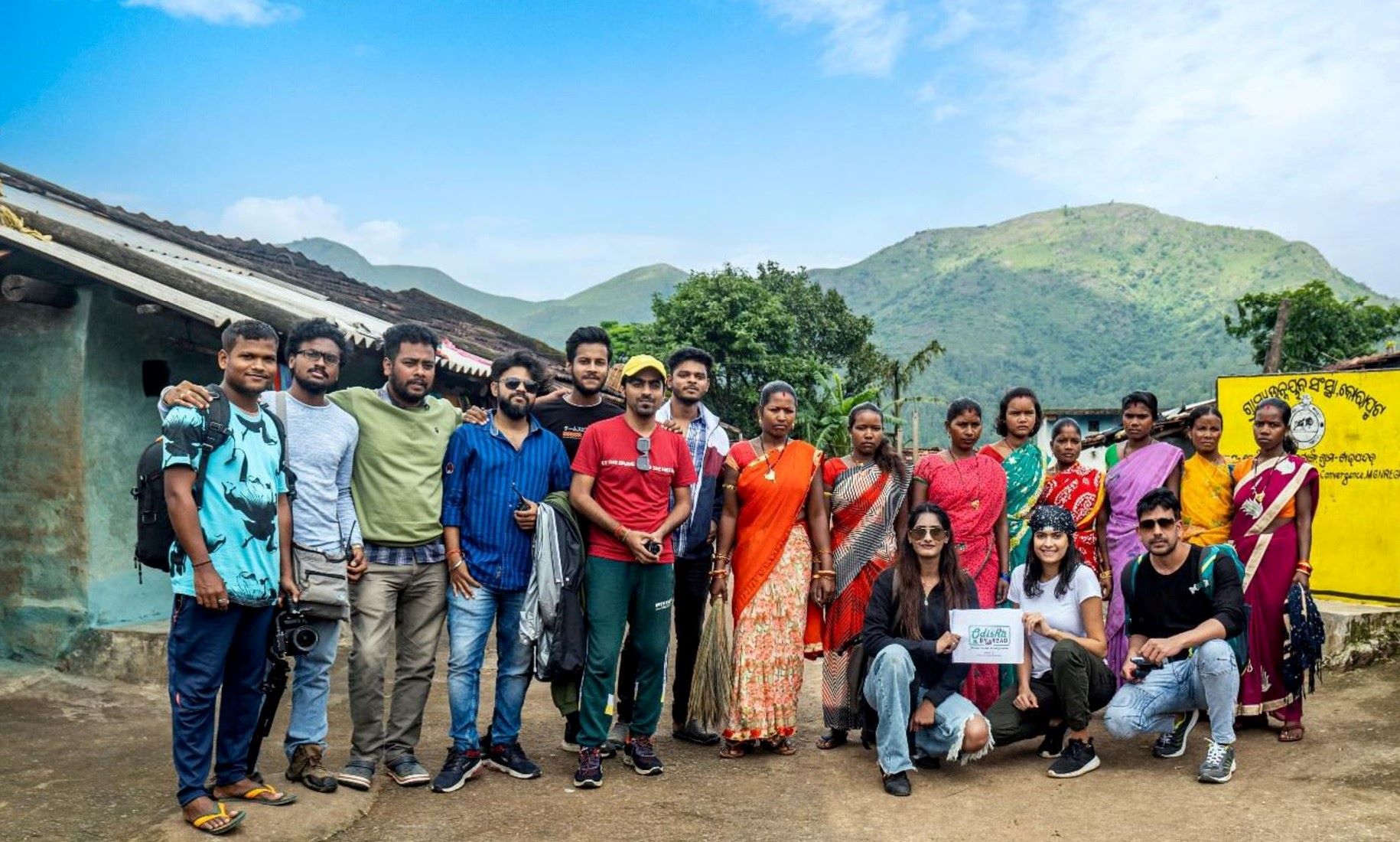
ODISHA BY ROAD 3.0-BEHIND THE SCENES
10 Oct 2022
My experiences on World Tourism Day
10 Oct 2022
Comments